A Tarot exhibition at the warburg institute – PART 1
A couple of days ago I visited Watkins Books near Leicester Square in London, and I found myself staring at the many Tarot decks they offer. Here are some of them:




Oh dear! Now I don’t want to offend anyone who loves any or all of these shows or movies – I love them too. But do they really need their own Tarot decks?
The following morning, I visited the United Grand Lodge of England library to do some research, and as always was welcomed by the librarian, Martin Cherry with his delightful assistants Jessica and Sarah. Martin told me about a special exhibition on The Tarot being held in the Warburg Institute in Woburn Square, a part of the University of London which specializes in Tarot and ealry photography, among other things. It has traditionally been hard to gain access to their materials – even professional librarians were turned away! It appears they are opening their doors a crack, and of course I leapt at the opportunity to snag myself a rare (free) ticket online.
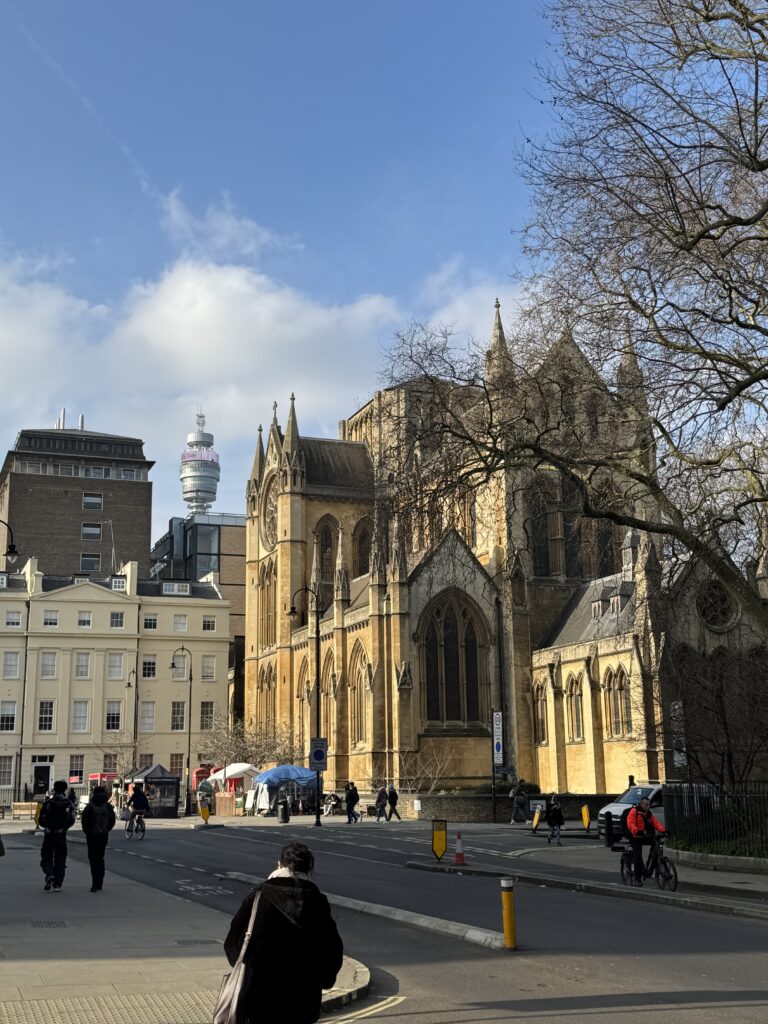
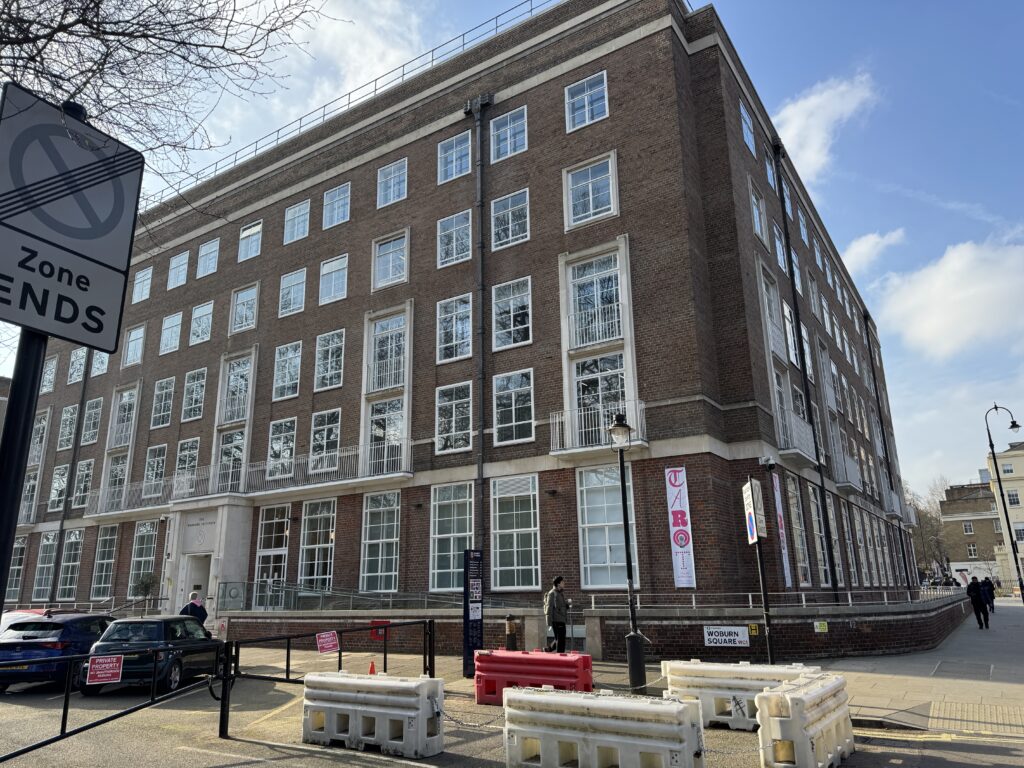
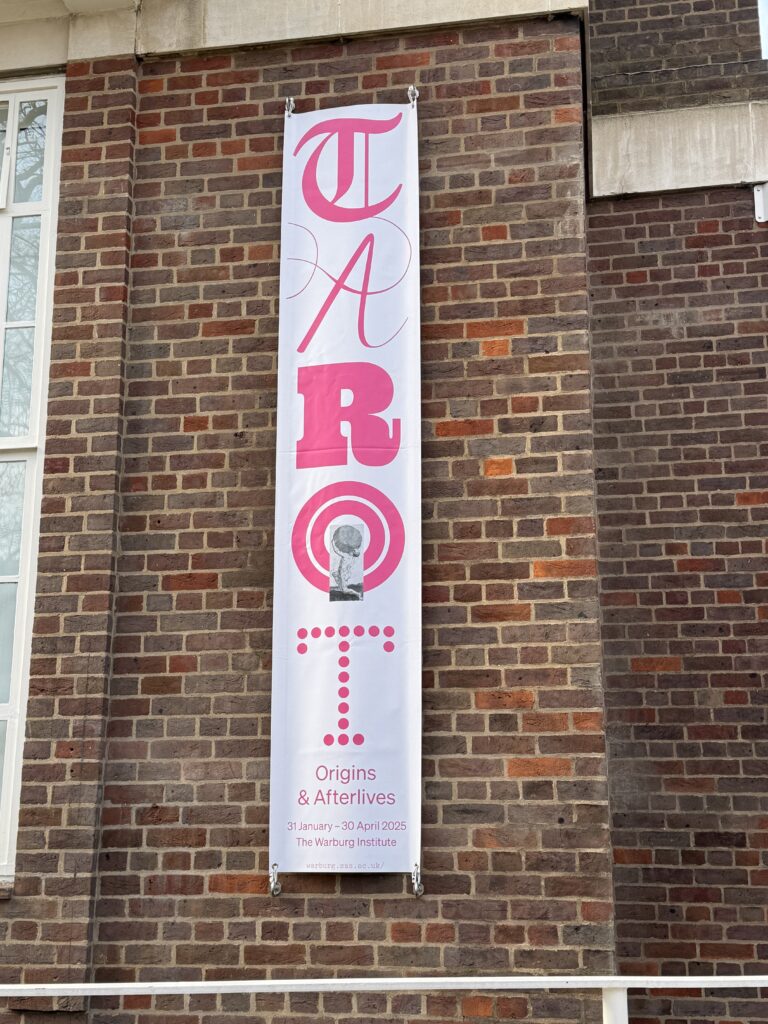
I took a taxi to the Insitute the following morning and was greeted by students acting as docents for the exhibition. It was put. together well, in a series of areas tracing the Origins of Tarot, a Focus on two Artists (gloriously Pamela Coleman Smith and Austin Osman Spare), Crowley’s Thoth Tarot, Tarot artists who use the medium for social commentary or to tell a story (unlike the bland TV-inspired ones above), and finally a Tarotkammer, where one was able to get close to contemporary decks both reflecting the tradition and making political statements. I was also privileged to be introduced to one of the curators of the Exhibition, Jonathan Allen, who is also a member of the Magic Circle (strangely appropriate!). He shared his fascination with the Trinick deck (sadly the Institute does not have a copy – I asked!), which was Waite’s second commission; and the difficulty of knowing how to present the story of Tarot and which decks to put on display to maximum effect.
The first room covered the history of Tarot and exhibited both copies and originals of some of the earliest decks known, including four examples of the 15th Century Visconti-Sforza deck. While there were certainly many visitors poring over these exhibits, I had the impression that the vast majority of the guests were either well-versed in Tarot or practitioners of the art themselves. For me, the most significant exhibit in the first room was an original poster of the entire Etteilla/Alliette deck. J. B. Alliette was one of the first popularizers of the Tarot deck, claiming it was written by a group of Magi led by Hermes Trismegistus in ancient Egypt, and the first known (outside of Romany traditions) to make a living reading the cards.
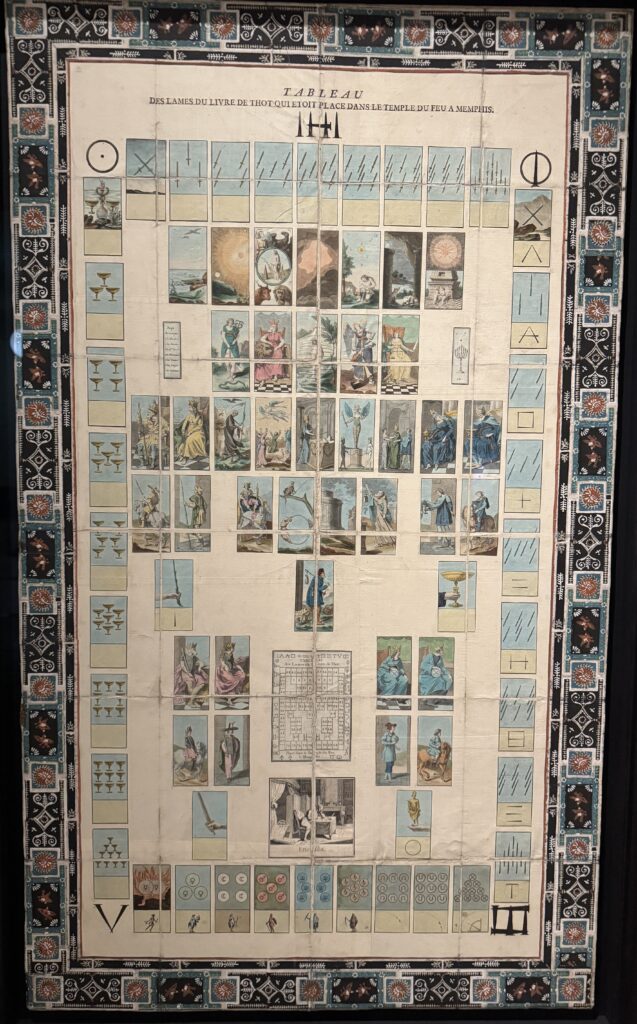
I found it interesting to take a card and trace its development across the decks. In my case I selected IX. The Hermit. Since I had seen Holman-Hunt’s The Light of the World in St. Paul’s Cathedral the previous day, the image had stuck in my mind. Here we see the Hermit pictured in decks ranging from the 15th Century, via Etteilla, Oswald Wirth and Osman Spare. We see a lamp in the right hand shielded by the cloak, the rod in the left hand, the eldery beareded man and the fact that he faces right (our left) in all cases. Indeed, th eonly variation appears to be in the colors.




The Third Room contained a comparison of two important Tarot decks – those of Pamela Colman Smith (1878 – 1951) and Austin Osman Spare (1886 – 1956). This section was included to give an indication of the importance of the Tarot to the burgeoning esoteric revival of the 18th and 19th Centuries in Europe and the United States.
Pamela Colman Smith is most famous for painting the Rider-Waite Tarot Deck for A. E. Waite’s Independent and Rectified Rite of the Golden Dawn (also known as the Holy Order of the Golden Dawn). Following his schism with the main body in 1904, he reworked the rituals and enlisted Colman Smith to create a new deck of Tarot cards for his Order. She had done previous work for Williiam Butler Yeats and Bram Stoker, and Yeats had introduced her to the Hermetic Order of the Golden Dawn in 1901. However, she left along with Waite, and in 1909 he commissioned the famous Tarot deck. Since then it has endured as the most popular Tarot deck ever.
The exhibition contains several of her cards, and a couple of reproductions of the original designs from Waite’s article in The Occult Review of 1910; Most interesting for me was the inclusion of the original of the famous letter she sent to her American patron, Alfred Steiglitz, in which she describes the Tarot commission for Waite as being “a big job for very little cash.”


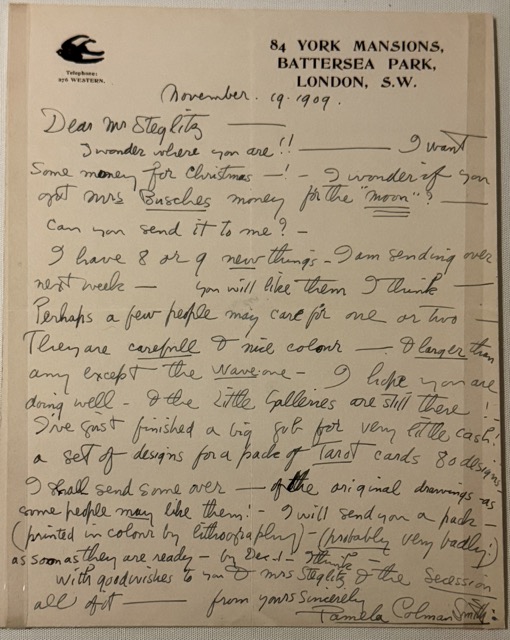
Austin Osman Spare is also well represented, and the cards exhibited are believed to be from his personal deck, which is in the possession of The Magic Circle and on loan to the Warburg Institute for the exhibition. It is clear that he borrowed heavily from Wirth’s deck, as can be seen by the similarity between The Hermit cards pictured above. However, his extensive annotations and the introduction of meanings for reversed cards show a new direction. Incidentally, it was the curator from The Magic Circle, Jonathan Allen who I mentioned speaking with earlier, who discovered Spare’s deck in the archives of The Magic Circle and brought them to light, and who is loaning the cards to the exhibition. To my extreme frustration I discovered they had issued a set of the Tarot cards back in 2022 via Kickstarter, but they are now all sold out and I see the initially $40-priced set online for over $450. Sigh! Still, he has a book out titled Lost Envoy: The Tarot Deck of Austin Osman Spare, which is available on Amazon (ISBN 978-1913689735). I’ve ordered my copy!



The exhibition on Tarot at the Warburg Institute continues until 30th April in Woburn Square, London WC1H 0AB. You will need to visit their site to obtain a (free) ticket and select a vacant time slot. They fill up quickly!
In Part 2, I will continue my visit with the Aleister Crowley Thoth Deck, Tarot as a means of telling stories, and contemporary decks.
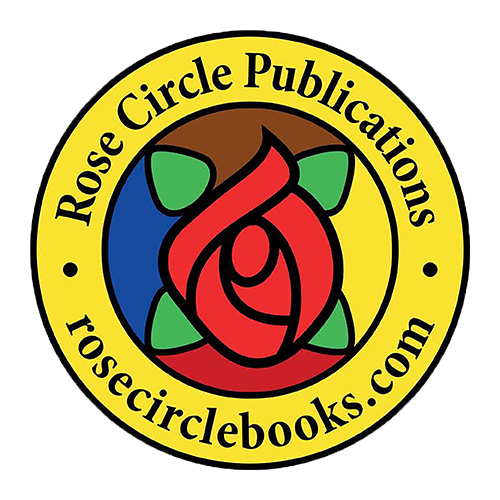
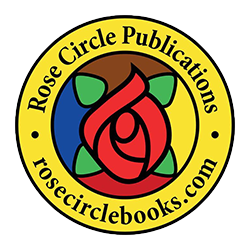
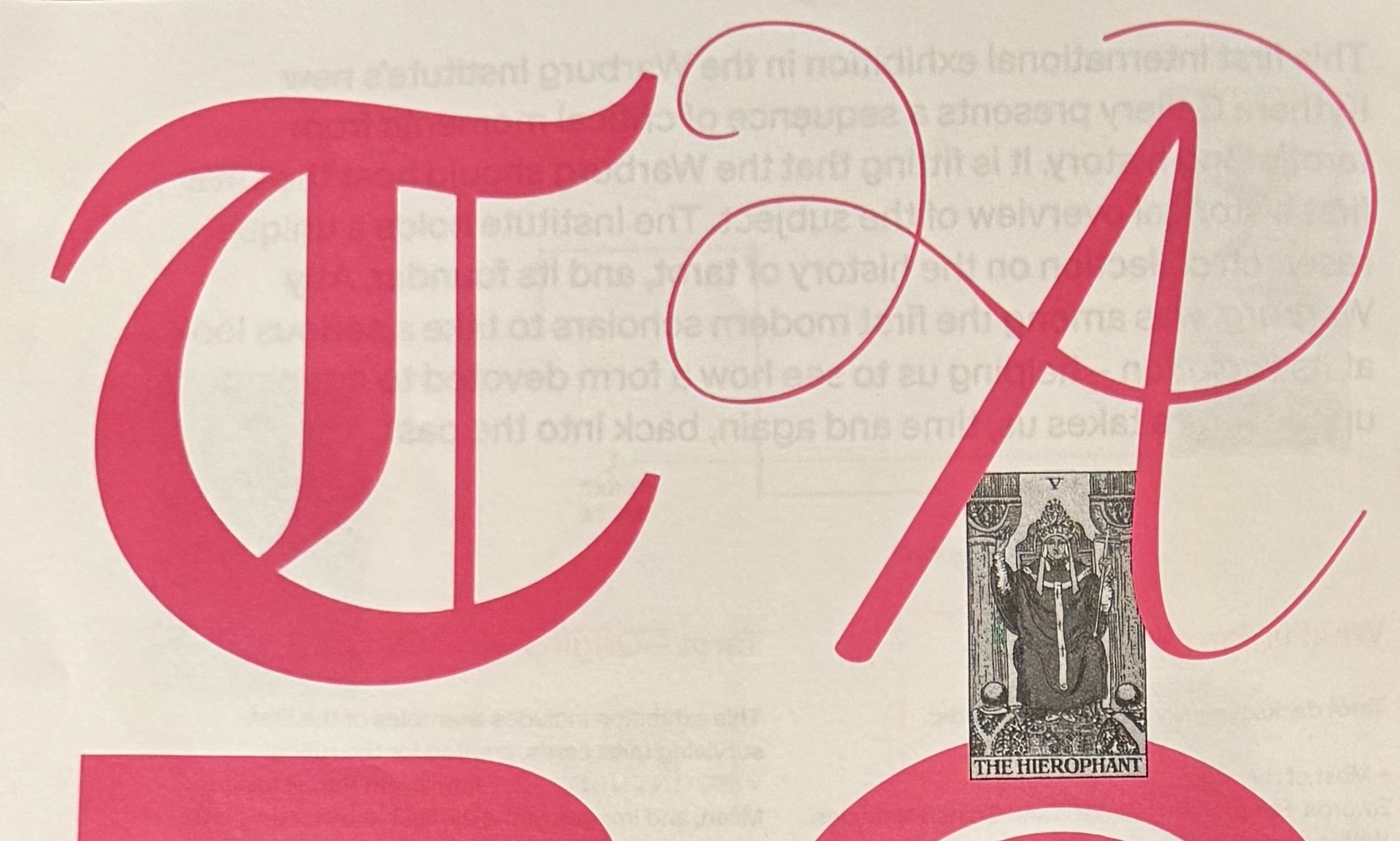
Excellent description of Tarot Decks modern history
This is fantastic!
Thank you, kind Sir!